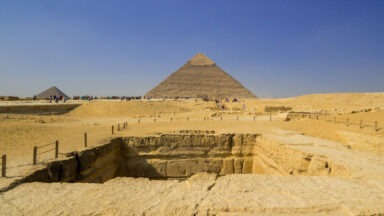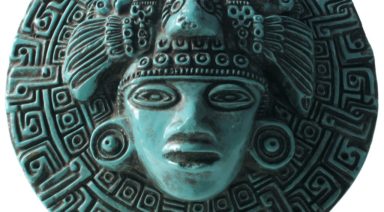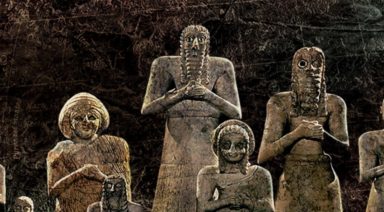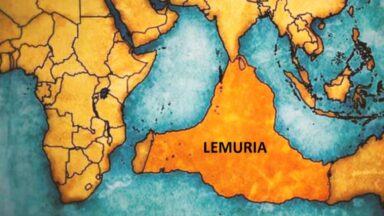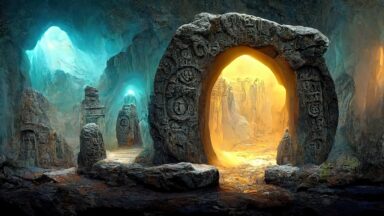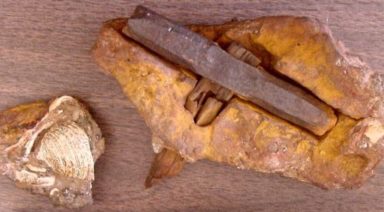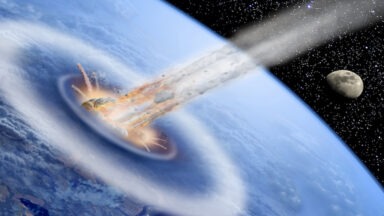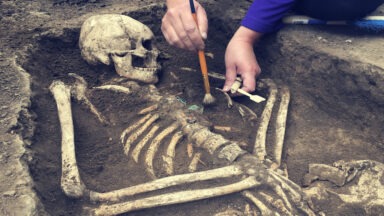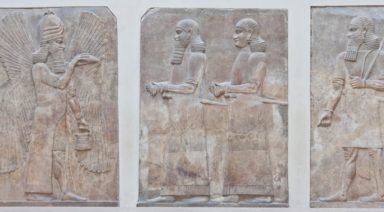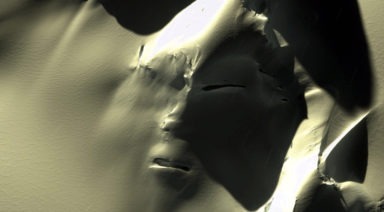A Brief History of Ancient Nazca

With the excitement surrounding the findings in Peru recently, there are some fascinating and mysterious characteristics regarding the location of the discovery. Nazca, Peru is located on an arid plateau in the Peruvian desert, near the Pacific coast. It is situated in a valley between the Ica and Nazca Grande rivers. Following the Paracas culture, the ancient Nazca civilization appeared in the area just over 2,000 years ago, lasting between BC 100 – AD 800.
The Nazca were thought to be heavily influenced and possibly even arose from the Paracas before them. Their civilization originally consisted of a collective of chiefdoms and farming villages surrounding a communal area, known as Cahuachi, where they would make pilgrimages for rituals and ceremonies. They eventually grew into a bigger society with larger urban cities and advanced farming technology.
Known for their pottery and weaving, the Nazca decorated their goods with geometric patterns, plants, and animals which are mirrored in the Nazca lines, the massive, curious geoglyphs that they are known for. Their advanced underground irrigation systems, called puquios, that utilized atmospheric pressure to pump water to their crops is a testament to their level of technology.
The Journey to Cahuachi
At the center of Nazca was Cahuachi, which was originally thought to be a military base. That theory has been overturned, thanks to the research of Italian archeologist, Giuseppe Orefici, who has been studying the site for years. In addition to studying the mysteries of ancient Nazca, he has also spent his career studying the Rapa Nui on the enigmatic Easter Island. Orefici has concluded that Cahuachi was a ritual center and the capital where Nazcans would regularly make a pilgrimage for ceremonies.
The Cahuachi site extends over 370 acres with a nearly 100-foot-tall, stepped pyramid in the middle, making it the biggest ceremonial center of its era. Among it there are 40 other structures made of mud adobe. Within these structures are thousands of tombs that have only been discovered recently, but have since been looted by grave robbers.
In the graves of Cahuachi are an array of bodies with varying textiles, showing differing levels of societal status. Trophy heads were also found with holes drilled through the skulls, seemingly to be worn as necklaces. Some of the bodies of those buried there are well-preserved due to mummification.
The Nazca Lines
Outside of Cahuachi there are cryptic geoglyphs, known as the Nazca Lines, that can only be seen from hundreds of feet in the air. They weren’t discovered in the modern era until the 1920s when airlines flew over and noticed them. The Nazca created these lines by removing a layer of rock and dirt, most likely by tying a rope between two posts and drawing guidelines for themselves. The remnants of these posts have been discovered, confirming this theory however, their method for creating such large drawings with precise measurements is still somewhat of a mystery.

The lines span over 200 square miles and consist of drawings of flora, fauna, and geometric patterns. They have been preserved due to a windless, arid climate and were thought to be larger-scale projections of designs that they would weave into their textiles. Among the 70 different zoomorphic lines, there are depictions ranging from monkeys to birds and jaguars. There is even a human-like figure which has been the subject of debate as to what exactly it depicts. Some see it as an astronaut which works with theories of the lines being a call to extraterrestrial visitors.
The realist perspective on the Nazca Lines sees them in a few different lights. One theory believes that they are ritual walking paths that the ancient Nazcans would follow on their pilgrimages to ceremonies like those held at Cahuachi. Another theory sees them as markers of irrigation paths or actual irrigation canals with their designs being a thank-you to the gods for fertility. A simpler explanation sees them as part of an astrological calendar.
While radical theories, like the one espoused by Erich von Däniken which interprets the Nazca lines as a landing guide for extraterrestrials, might be farfetched to some, the realist theories are not proven either. The idea that the lines represented irrigation systems seems strange in their eccentricity, especially considering their elaborate system of underground aqueducts. Another obscure theory posits that the Nazcans had the technological acumen to create hot air balloons, allowing them to see the designs they created in their lines. Either way, they remain shrouded in mystery with the recent discovery in Peru adding to them.
Mount Roraima: A Floating Island Shrouded in Mystery
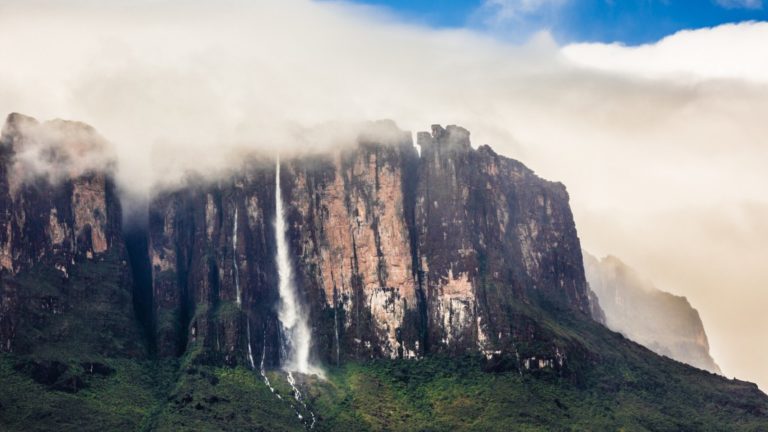
Hiking is a great way to explore nature, get exercise, spend time with friends, and … travel back in time?
Even for the most seasoned of explorers, Mount Roraima, a plateaued mountain about 1,300 feet high, located where Brazil, Venezuela, and Guyana converge, might prove to be an experience far beyond the typical.
Mount Roraima National Park, also known as “Monte Roraima” and the “floating island of Venezuela,” is different than the usual hiking trail or even the usual mountain. Its remote location, mixed with the mysterious air of untouched territory and indigenous folklore, makes it an adventure that promises much more than many who climb it bargained for.
Mount Roraima History
Before European conquistadores arrived in South America, indigenous populations revered Mount Roraima as a regional symbol, referring to it as the “Axis Mundi,” a tree where all the world’s fruits and vegetables grow. It was a peaceful and tranquil place, protected by the Macuxi people.
However, over time, the arrival of foreigners in search of El Dorado and landscapes steeped with gold meant that the purity of Mount Roraima would not remain intact forever.
Later, the arrival of miners marked a change in the environment of Mount Roraima, with alcohol, violence, prostitution, and venereal disease infecting the area. High-pressure water hoses blasted open the land in search of treasure left pools of water, which bred disease. The Macuxi thought they would be able to peacefully coexist and work together with the miners, but this turned out not to be the case.
The trend continued into the present day.
The Brazilian government sought to build dams, roads, and form a municipal government over the territory, claiming those in the region wanted the same infrastructures as the rest of the country. However, the Macuxi stood their ground against the changes, blocking construction and impeding the development where possible.
For the time being, the dam project has been abandoned, with the governor citing the expense to reach the remote location as the primary reason for leaving it behind, not the Macuxi resistance.



